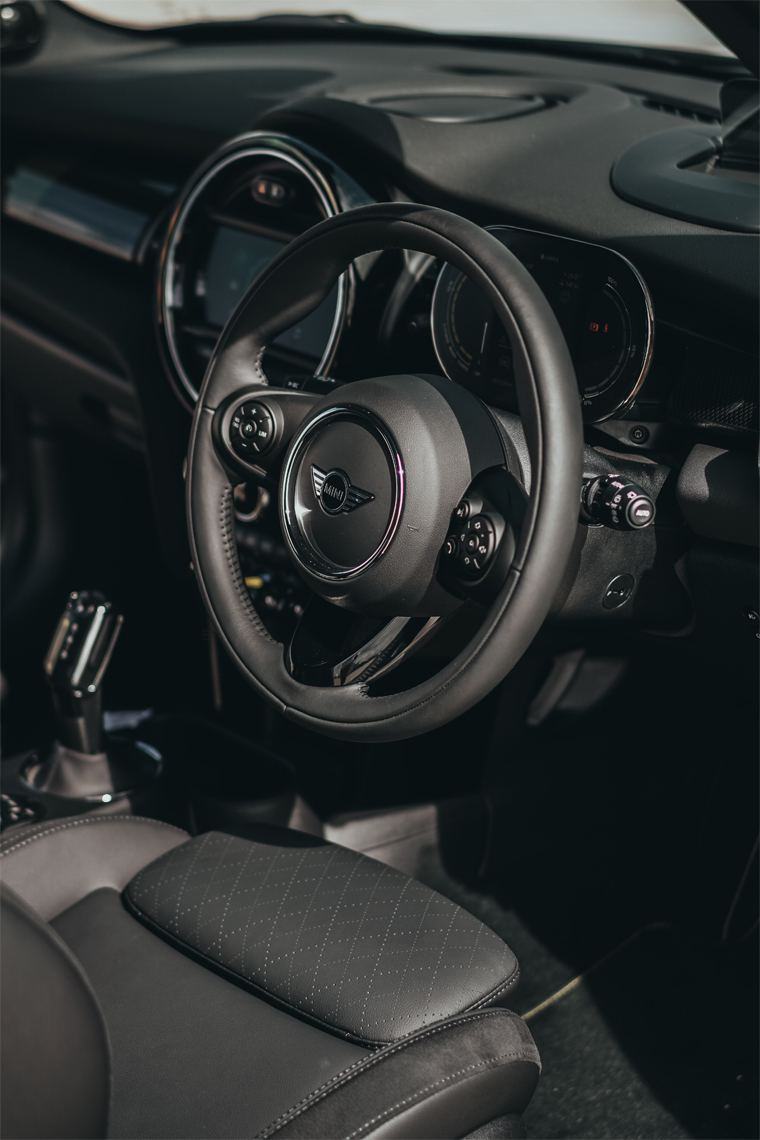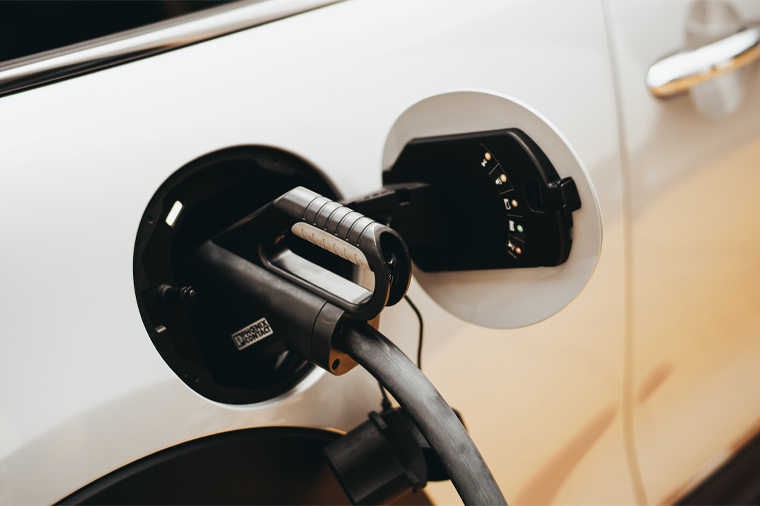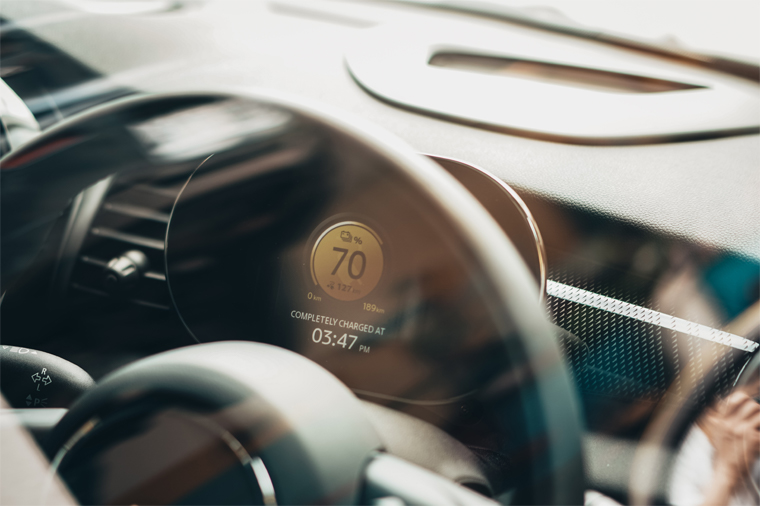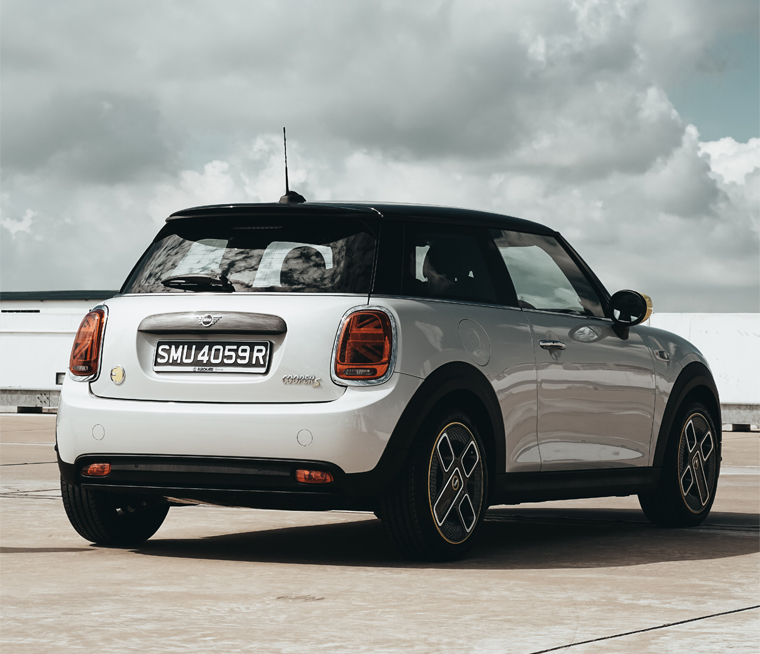Before we get down to reviewing the new MINI Electric, it’s important to understand the MINI brand and how it evolved. The original Mini was a compact car produced from 1959 until 2000. For many, the two-door car is considered an icon of the 1960s because of its small, efficient and revolutionary space-saving front-wheel-drive layout, which allowed 80% of the area of the car's footprint to be used for passengers and luggage.
Today, MINI is owned by German auto giant BMW. Besides upgrading the brand to a premium level, BMW has taken the brand into new territory by offering the new MINI Electric. The new car combines sustainable mobility, driving fun and MINI’s unique go-cart, road-hugging design and feel.
The front-wheel drive 135 kW/184 hp electric motor, and the innovative driving dynamics system with limited wheel slip combine to give the new MINI Electric incredible agility. Acceleration is almost instantaneous. The car’s ride is super stable with great handling, thanks in no small part to the car’s low centre of gravity. Since there are no gears to shift through, it completes the century sprint (0 to 100km/h) in a zippy 7.3 seconds. The high-voltage battery is located deep in the vehicle floor behind the rear seats, allows for the same luggage compartment volume as a petrol-powered MINI 3 Door.
One of the most remarkable features found on this electric MINI is its regenerative braking. If you take your foot off the accelerator the regenerative brakes kicks in and slows the vehicle down. You can drive the new MINI Electric almost entirely with just one pedal for both accelerating and braking. The motor is directly coupled to the wheels, so when you lift your foot off the pedal, it works like a generator and lets the all-electric MINI slow down quicker than a petrol-powered car. You put some power back into your battery every time you come to a stop at traffic lights.
The new MINI Electric has a range of around 270 km, which is perfect for city driving in Singapore. On the car we tested, it averaged a bit less but that was probably because we felt obliged to operate it in SPORT mode and without the regenerative brake-charging mode switched on. We drove from the MINI Showroom in Leng Kee Road to Changi Airport and back. The car used about just over a quarter of its battery power for the journey.
On the way to Changi, we picked up our Portfolio crew to take them to lunch at Terminal One’s Jewel. Our three additional passengers were worried that the four of us couldn’t fit into the car. However, all of us managed to hop into the MINI with room to spare. These comfortable seats are standard in all MINI cars. This is one of those cases where the car actually looks smaller on the outside.
The new MINI Electric can be easily charged at home with a Wallbox or at public charging stations. In fact, the navigation display will show you a list of charging stations (from Shell and Greenlots) in your vicinity. This is also the first MINI model in Singapore to feature, "Driving Assistant" as standard. This camera-based system increases safety on the road by recognising and reporting speed limits. It also helps the driver automatically keep a safe distance from the vehicle in front. This system is supplemented by the no passing display and traffic sign memory functions. The collision and pedestrian warning systems with city braking function make it easier to avoid dangerous situations, particularly in city traffic. The Parking Assistant allows searching for and using parking spaces, while the reversing camera gives drivers a better view when backing up. Other standard equipment includes Adaptive LED Matrix Headlights and Connected Navigation Plus.
On the outside, the new MINI Electric looks pretty much like its conventional counterparts with few differences and stays true to the MINI design philosophy. On the inside, the new MINI Electric comes with sports seats wrapped in Carbon Black leather as standard for the driver and front passenger. Velour floor mats with yellow seams and a MINI Electric logo make for an elegant interior. Yellow accents can also be found on the cockpit fascia, as well as the start/stop button among other features – these contrasts nicely with the anthracite headliner. As we’ve indicated, it's surprisingly spacious for a compact car.
The MINI Driving Modes are selected by means of a switch located on the right-hand side of the toggle bar. There are four modes to choose from – SPORT, MID, GREEN, and GREEN+.
The new MINI Electric is fitted as standard with a 5.5-inch digital instrument panel. At the centre of the screen is the speedometer. Speed indication is also displayed in the light ring of the central instrument cluster and changes colour according to the mode selected – in red (SPORT mode), white (MID) or green (GREEN and GREEN+).
Other digital displays in the instrument cluster provide information on the charge level of the high-voltage battery, the selected MINI Driving Mode, the status of the driver assistance systems, and Check Control messages. In addition, details of the range available, current drive power, outside temperature, the current time and mileage, along with traffic sign detection reports and directions from the navigation system.
Depending on the type of charging station, the new MINI Electric can be fully charged anywhere from three and a half hours with a 11kW charger to a remarkable 45 minutes at a 50kW DC Charging Station, which is extraordinarily fast, indeed.
Overall, if you’re in the market for a classic looking electric car that’s a blast to drive then the new MINI Electric is for you. At around $165,888 including COE, the car also comes with a MINI Wallbox Plus charger and installation makes this premium electric compact a real value. It’s no doubt that BMW has done a great job in retaining the essence of the original Mini while upgrading its features and technology to better serve the needs of drivers of today.
Learn more about the new MINI Electric here.















 Back
Back
